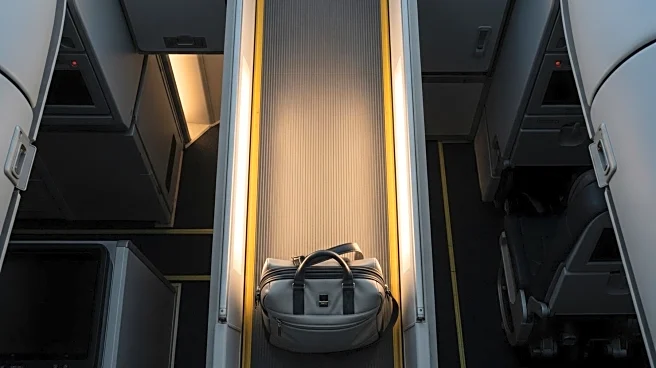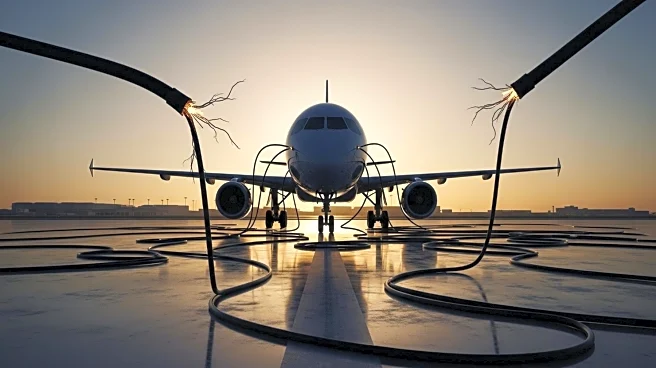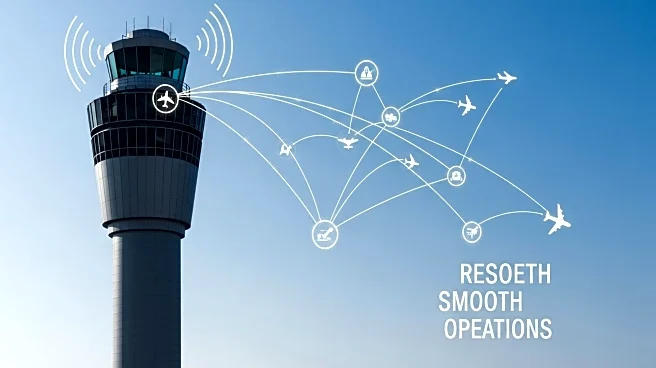What's Happening?
The Federal Aviation Administration (FAA) has issued guidelines concerning runway safety areas (RSA) to address hazards associated with runway excursions, particularly affecting business aviation. Many airports used by business jets were built decades ago and are now surrounded by urban development, limiting expansion possibilities. These airports often do not meet current FAA safety standards, posing risks during aircraft takeoffs and landings. The FAA's RSA guidelines aim to mitigate these risks by defining safety zones around runways, ensuring they are free of obstructions and compatible with land use.
Why It's Important?
The FAA's focus on runway safety is critical for the business aviation sector, which frequently operates in airports with shorter and narrower runways than those used by commercial carriers. These conditions increase the risk of runway excursions, which can lead to accidents and fatalities. Ensuring compliance with FAA safety standards is essential for protecting passengers and aircraft, reducing liability for airport operators, and maintaining the industry's safety reputation.
What's Next?
Airport operators may need to review and potentially expand their runway safety areas to comply with FAA guidelines, which could involve significant investment and land acquisition. The FAA's ongoing Runway Safety Area Program will continue to evolve, addressing safety risks and planning future improvements. Business aviation stakeholders, including aircraft manufacturers and operators, will likely advocate for enhanced safety measures and infrastructure upgrades.
Beyond the Headlines
The issue of runway safety highlights broader challenges in urban planning and infrastructure development, as airports struggle to adapt to modern aviation needs amidst growing cities. The balance between safety and development poses ethical and logistical questions for policymakers and industry leaders.











